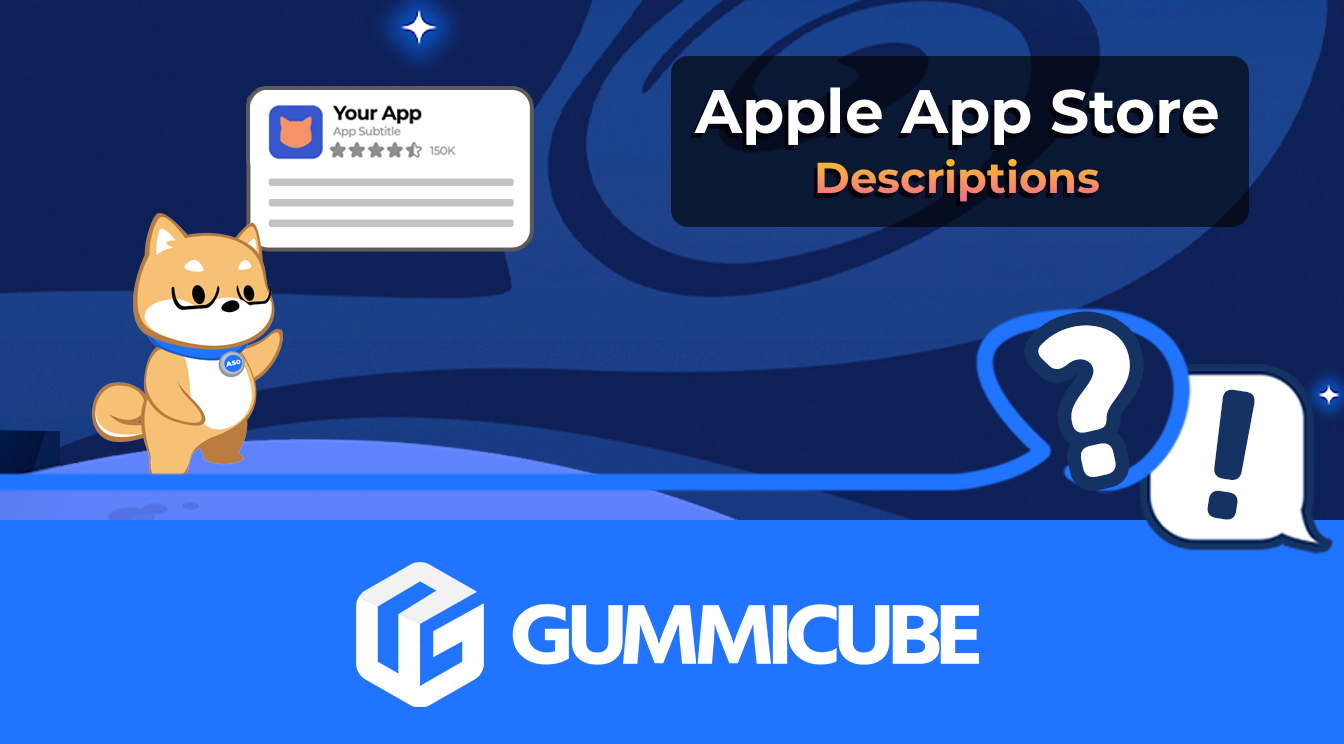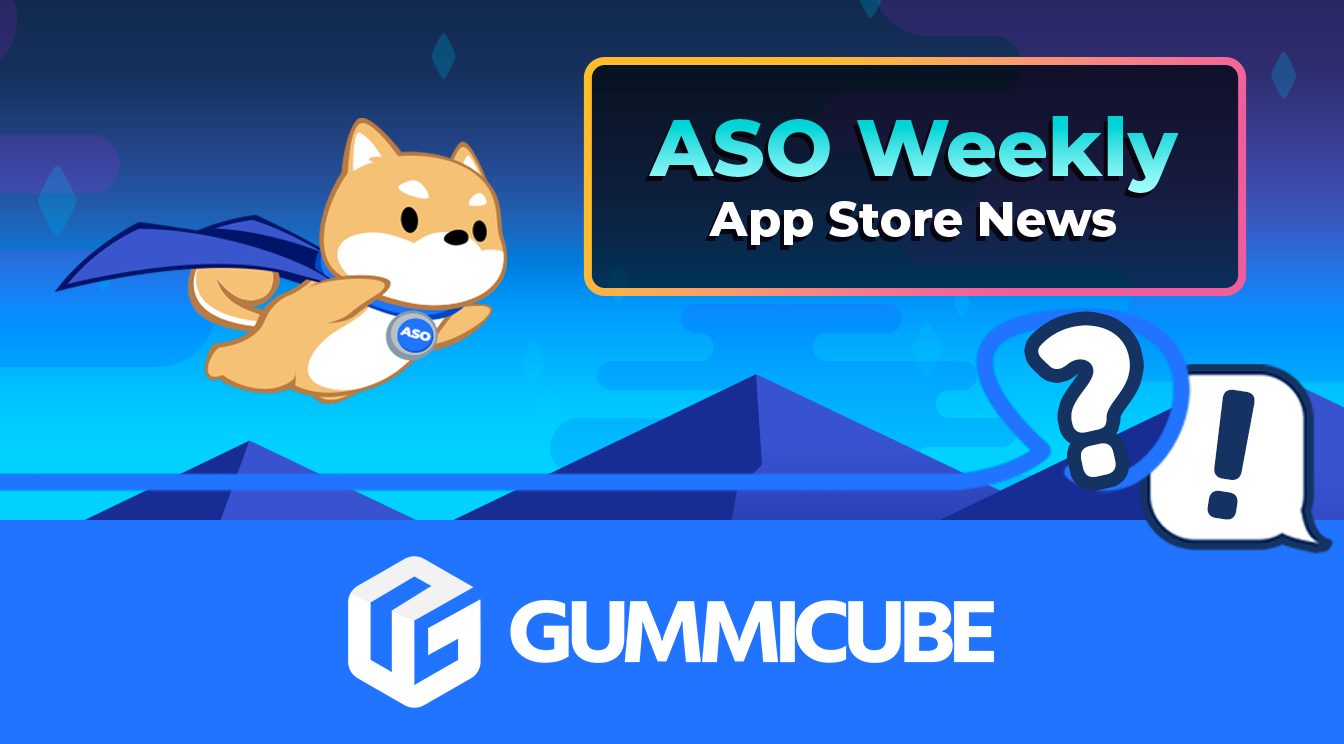
How to Write an Apple App Store Description
Posted on July 17th, 2024
Learn how to approach App Store descriptions the right way so you can effectively engage and convert users.

The number of mobile users is growing exponentially, and mobile app usage in all categories of the app stores is up from last year, especially shopping. Retail apps have given users the power to buy anything they want straight from their mobile devices, and the ecommerce market is predicted to surpass $2 trillion in the coming years. Users are no longer shopping from their desktops, and are now primarily using a mobile device at every step of a transaction. Companies like eBay and Amazon have basically cornered the ecommerce market, and their mobile apps are ranked in the top free apps on the App Store. These companies have made the effective shift to mobile, and are appealing to users that want to instantly buy anything. In Q4, eBay’s mobile platform delivered record-breaking results and crossed the $10 billion benchmark. On Black Friday in 2016, Amazon surpassed the $1.2 billion mark on their mobile platform for the first time. Mobile retail apps have taken over the way that users shop for their products, and it will not slow down. eBay and Amazon dominate ecommerce, but it is because of their mobile apps that they do so well. These companies have paid attention to what users want, and are evolving with the specific user trends. By being attentive to their customers and updating the app store listing to include specific trends while being relevant to users’ searches, it has lead for better optimization in the app stores. The best companies in the ecommerce market all have one thing in common: they’re optimizing their mobile apps using App Store Optimization (ASO).
ASO is critical to the foundation of mobile app marketing, and has become the standard marketing tool for developers that want more visibility in the app stores and better conversion rates. Retail apps have always been around, but the shopping category on the App Store never existed until Apple saw the reaction to retail apps. Retail apps need ASO because it is essential to mobile marketing and converting users. Retail apps need to remember that the app store is just like any other store, which means there are competitors at every step of the way. To stay one step ahead of competitors, retail apps need to pay attention to user trends and build the app icon, title, description and screenshots around specific keywords to appeal to users and become unique in the app stores.
For retail apps, it is all about transactions and selling products to users. Developers need to take into consideration that retail apps grew 31 percent in time spent by users in 2016, and captured a majority of impulse buys. The app must be merchandised in a way that it is appealing and unique to users, and the best way to do that is through the app’s title, screenshots and description. An app’s title needs to give users a quick understanding of what the app will do and use specific keywords to help convert users. Retail apps need simple, quick titles that will explain exactly what the app will do. Take into consideration Amazon’s app title: “Amazon App: shop, scan, compare, and read reviews.” Not only is the title catchy, but it addresses the core elements of what the app does and what users can expect to do while shopping on the app. Screenshots are another conversion tool that give users the actual look and feel of the app. For merchandising a retail app, the screenshots need to highlight the app’s functionality based off trending phases, products or shopping seasons. If it’s a heavy shopping season, the screenshots should reflect how the app will help users get the best deals and products. Most shoppers, which is about 71 percent, shop online specifically to find good deals. To increase conversion, developers need to make sure screenshots not only reflect the keywords and trends, but are also clean and appealing. Think about user behavior and understand that just like seeing an unattractive store window, if the app isn’t visually aesthetic, users will be less likely to convert. Since there are so many retail apps on the market, developers need to make their apps standout. While the title and screenshots need to contain keywords to help convert users, the biggest part an app store listing, the description, will create visibility in the app stores. Address functions and features along with anything the title and screenshots missed using keywords. Developers need to make sure the keywords they use in the description relate to the types of products and trends that can be found on an app to encourage users to start shopping. If the description has full coverage of relevant keywords and phrases, then it will help create visibility for the app.
ASO is the standard for marketing mobile apps, and with the ever-growing ecommerce industry, retail apps need to use an ASO strategy to increase their conversion rates and create more visibility in the app stores. Retail apps like Amazon and eBay exemplify ASO at every step of their app store listings that call out products and user trends that drive additional users to shop and make purchases. Retail apps need to incorporate an ASO strategy to drive traffic to their apps and stay relevant to users, as users spend more time and become more comfortable shopping on mobile apps. ASO is necessary for retail apps and will help target the app’s audience through specific keywords that address the current trends and get them shopping faster. Investing in an ASO strategy is vital for improving an app’s listing, conversion rates, and visibility to remain competitive in the increasingly mobile and ever-growing ecommerce market.

Learn how to approach App Store descriptions the right way so you can effectively engage and convert users.

Learn how to grab your audience's attention through effective and engaging app store preview videos.

Welcome to this week’s ASO Weekly - The App Store halts gambling ads amidst outcry and the Apple takes a bite out of NFT app sales.